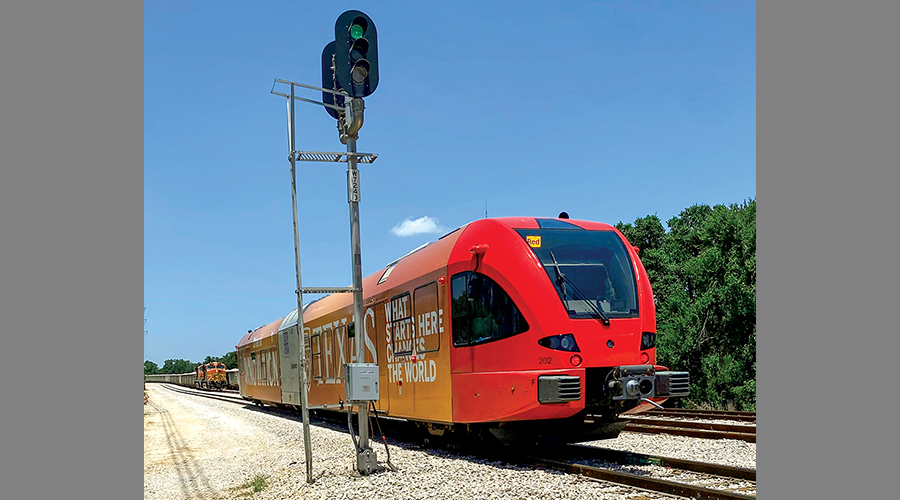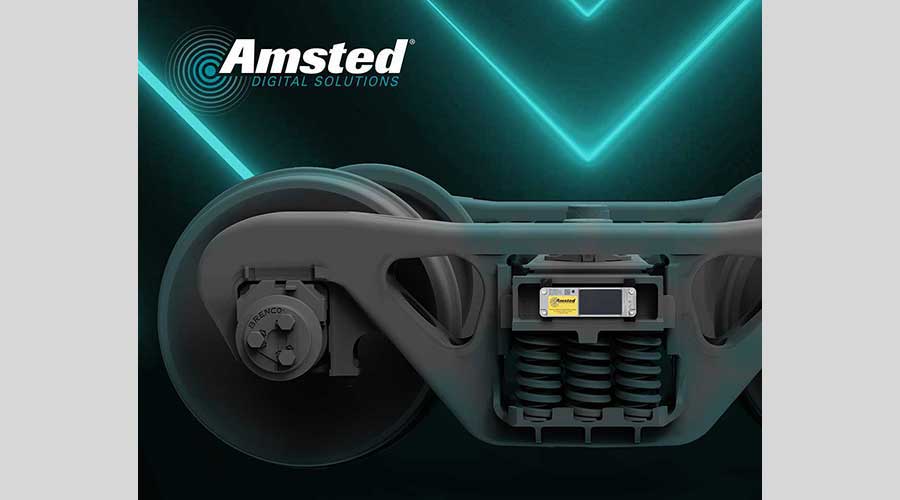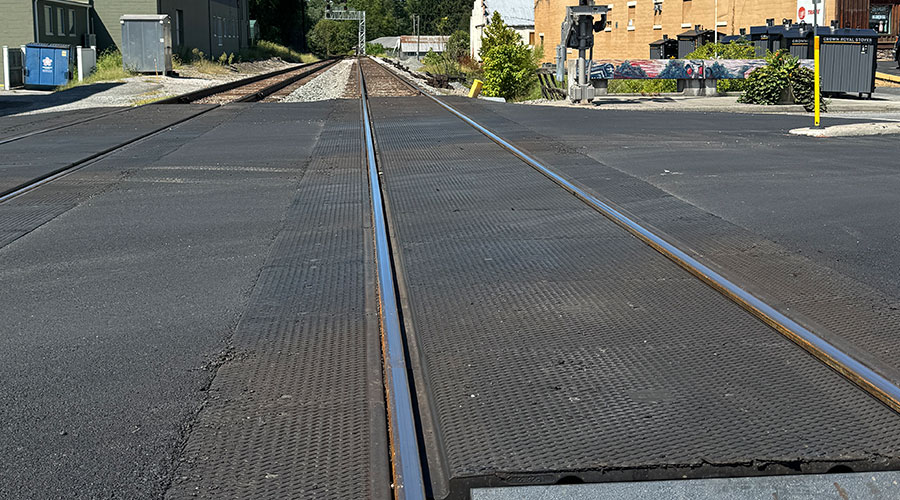Stay updated on news, articles and information for the rail industry
January 2024
Rail News: MOW
Tapping technology to make crossings safer
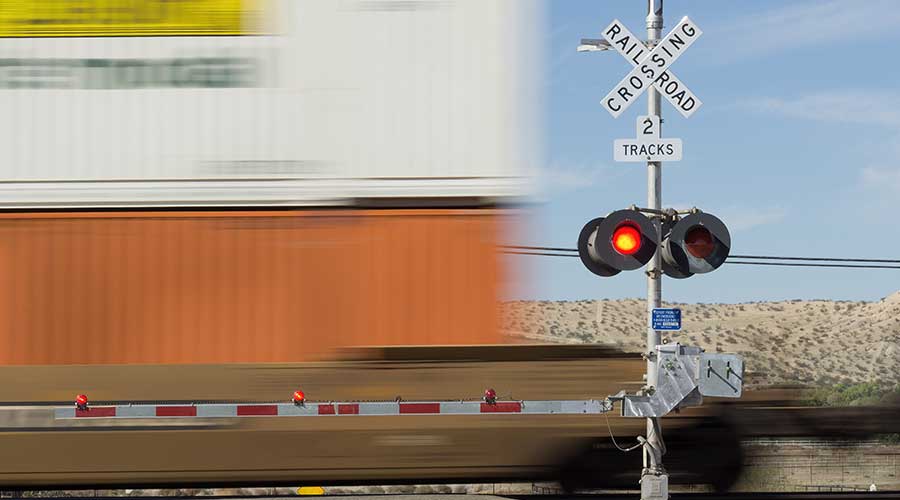
Compiled by Pat Foran, Editor-in-Chief
U.S. railroads long have strived to educate communities on grade crossing safety, whether they’ve teamed up with law enforcement agencies, first responders or rail-safety educators such as Operation Lifesaver Inc. (OLI).
They’ve also continued to spend money to upgrade existing crossings or implement new technologies to help prevent accidents.
The efforts on multiple fronts have paid off. Since OLI’s launch in 1972, collisions at U.S. crossings have declined by 82% through education, engineering and enforcement efforts, according to OLI.
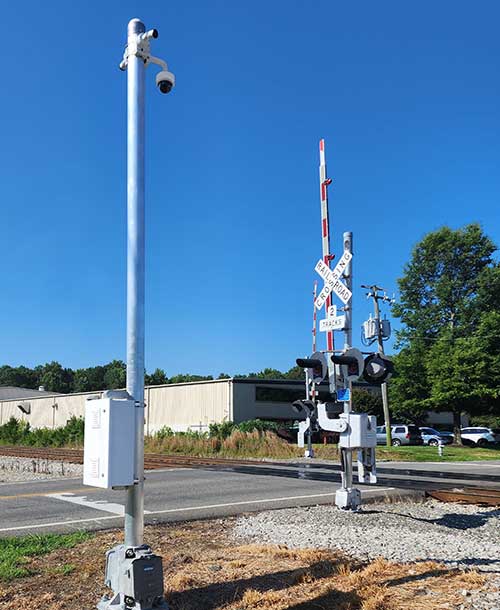
Also according to OLI: A person or vehicle is hit by a train every three hours in the United States.
“While great strides have been made over the past 50 years, there is more work to do,” said Executive Director Rachel Maleh when issuing OLI’s 2022 annual report in October 2023.
Technology has been and will continue to be a key factor in helping railroads, transit agencies and every link in the transport chain can make better safety grades at crossings. For help, they’ve got a plethora of technology providers they can tap.
A range of systems and surfaces
For example, ONYX Rail Safety Solutions offers XING™, a 24x7x365 crossing safety system that features a rail-specific artificial intelligence platform designed to identify hazardous conditions, including violations, trespassers, near-misses, obstructions and collisions.
Sensors include cameras for visual reference support, radar for train speed and contacts for SCADA interface. The system identifies crossing warning system breakage or malfunctions (with gates and lights) to ensure compliance with FRA regulations, company officials said in an email. In addition, sparks, fire and smoke are detected on a train, in stations or other monitored locations.
Upon identifying a hazardous condition, XING automatically contacts all pre-programmed stakeholders, alerting them by providing the FRA crossing number, date, time of day and nature of the problem. It sends real-time alert notices via text, email and automated phone calls.
ONYX servers continuously compile information from all monitored sites. Robust data analytics provide users with statistical analysis and reports to help them promptly focus their resources to mitigate hazards and elevate safety.
XING data can also interface with dispatch and other systems, company officials said.
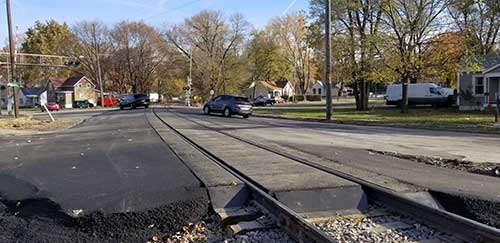
Meanwhile, HiRAIL Corp. manufactures full-depth, 100% rubber crossing surfaces. The aim: to provide “a safe and smooth surface for the public,” company officials said.
In addition to crossings for use with timber ties, HiRAIL also offers crossings for use on concrete and steel ties.
The company has sold more than 6,000 crossing systems to freight, transit and industrial rail customers; the surfaces have an average life of 15 to 20 years, and some installations have been in the field for more than 25 years, according to HiRAIL’s website.
With proper handling, the surfaces can be removed and reinstalled so crews can perform track and trackbed maintenance. They can be fastened to wood ties (lagged) or joined with connecting rods or end blocks for concrete-tie applications to ensure positional stability, company officials said. Custom solutions are also available.
Other suppliers of crossing-related technology include:
- American Concrete Products, which manufacturers crossing panels as well as precast bridge girders and signal foundations:
- CDL, whose service offerings include railroad signal maintenance, construction and engineering;
- Omni Products Inc., which offers concrete and rubber rail crossings, and a concrete/rubber combination crossing;
- Pintsch North America Inc., whose crossing warning systems feature the company’s axle counting technology;
- Vossloh North America, which provides concrete crossing panels designed for both timber and concrete crossties; and
- Western-Cullen-Hayes Inc., which offers a wide array of crossing signal equipment.
For more crossing product, equipment and system providers, see Progressive Railroading’s 2023-24 Communications & Signaling Product Information Directory, which was published in the July 2023 print issue. Or visit https://www.progressiverailroading.com/railproducts/cscomponents.aspx.
Email comments or questions to prograil@tradepress.com.


 2025 MOW Spending Report: Passenger-rail programs
2025 MOW Spending Report: Passenger-rail programs
 Gardner steps down as Amtrak CEO
Gardner steps down as Amtrak CEO
 Guest comment: Oliver Wyman’s David Hunt
Guest comment: Oliver Wyman’s David Hunt
 Women of Influence in Rail eBook
Women of Influence in Rail eBook
 railPrime
railPrime




